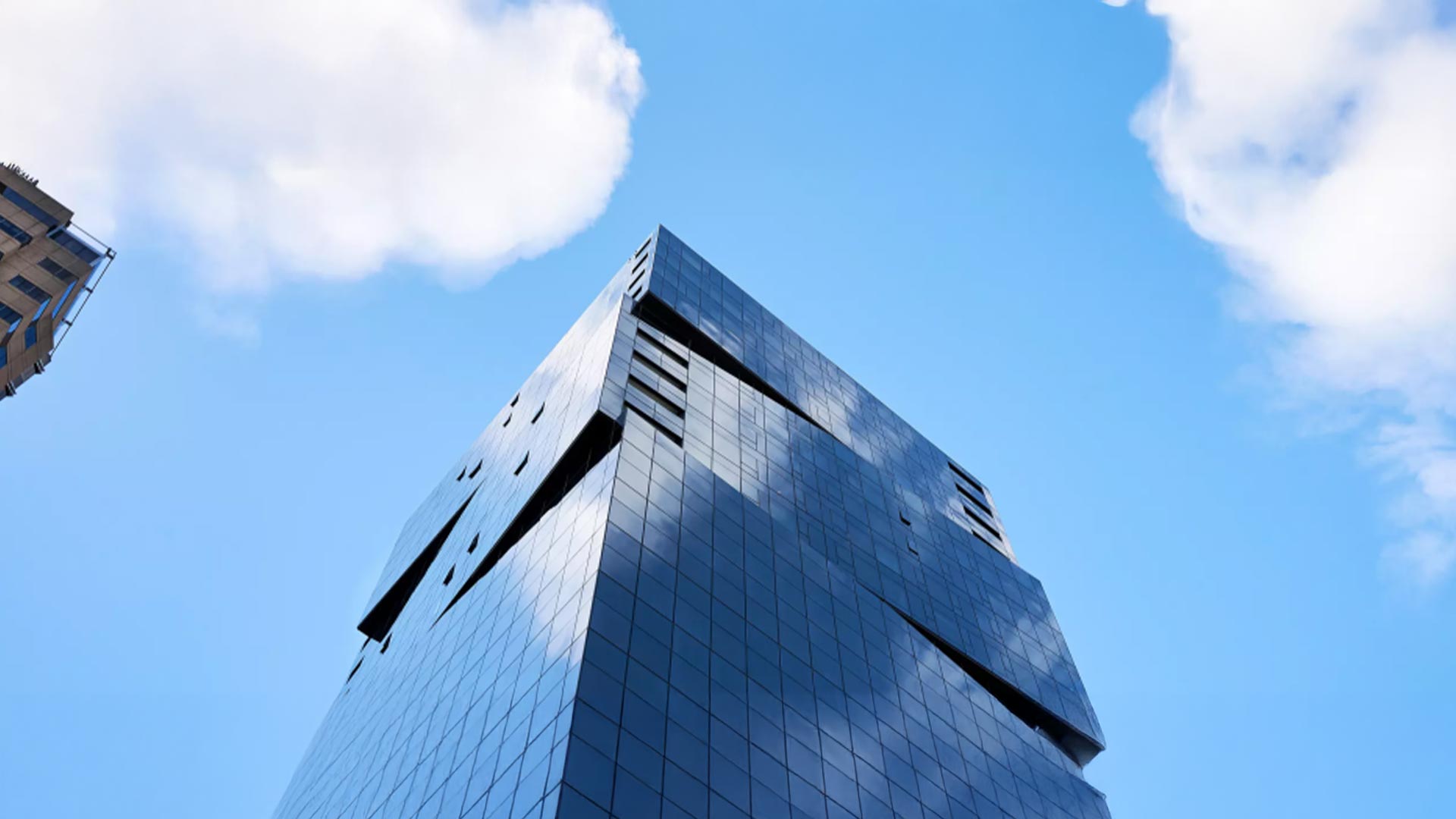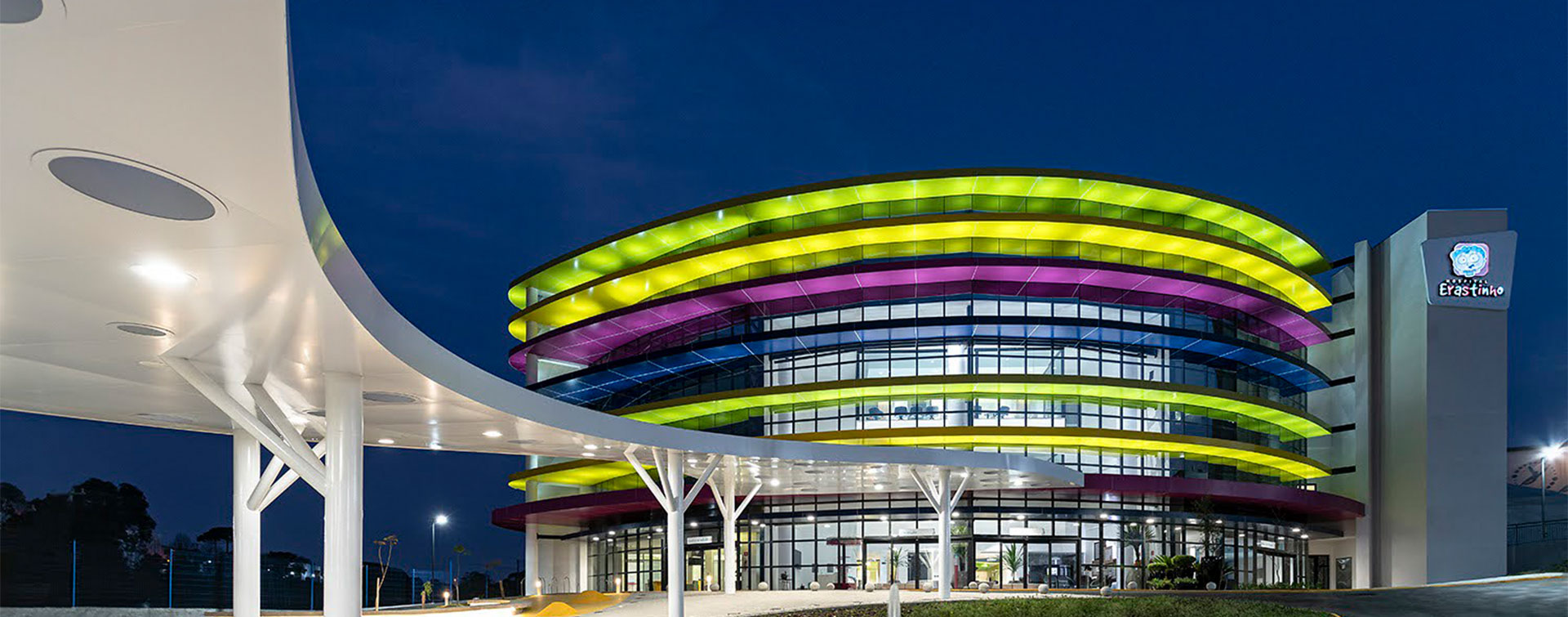 8 min
8 min
Bird Street in central London has a rather low-key atmosphere compared to Oxford Street, its bustling neighbor. But if you go down it, simply by walking, you are going to produce energy thanks to its “smart” tiles whose flexible surface serves as a dynamo. The electricity stored helps to powers the street’s public lighting. While the smart city concept now applies in all cities worldwide, the most advanced continue to claim that they are ahead of the game with an increasing number of innovative initiatives.
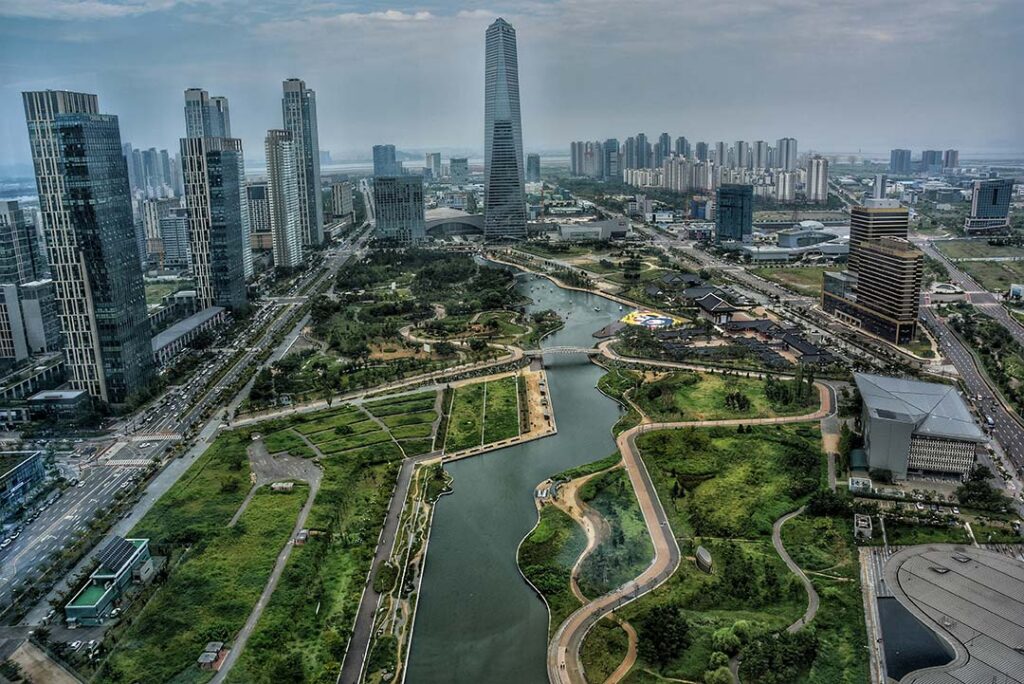
In Songdo, a district in the port city of Incheon to the west of Seoul, the ambition is to reach zero CO₂ emissions. Sustainable, low-energy or even self-sufficient buildings, automated waste management via a network of pipes avoiding the use of garbage trucks, optimized transport management, and more. Songdo is a real showroom for the connected city looking to rival the gold standard in the genre: Singapore. The city-state has invested considerable means to reach the top of the list of smart cities worldwide. It was the first to develop a health ecosystem through its HealthCity Novena program, set up individual pricing for waste treatment depending on the weight discharged, offer free access to public housing via its Housing & Development Board app, produce a beer based on water from recycling wastewater, etc. The use of digital technologies has become the norm to such an extent that real-time traffic management and energy resource management are already old hat.

Traditional technologies and ICT go hand in hand
Antoine Picon (see interview in Advocates) talks about the smart city becoming invisible. “It’s when we’re no longer talking about technologies,” he says, “that they’re developing at great speed, as has been true of canals, railways and then highways since the 19th century. Our habits have caught up with this technological invisibility all around the world. What could be more normal than having France-wide urban transport or road traffic information on your cell phone?” In this respect, in searching for better environmental performance, the smart city — far from the anticipatory discourse that accompanied its beginnings — has been confronted with urban realities in terms of sense of space and governance. Formulated in the early 2000s, this urban development concept still aims to improve city dwellers’ quality of life, making the city more adaptive and efficient using new technologies that rely on an ecosystem of objects and services. However, it cannot replace the need to insulate buildings, transport materials or dig trenches to install networks. This co-production of the city is based on intelligent cohabitation between traditional and innovative technologies, not forgetting humans, the main resource.
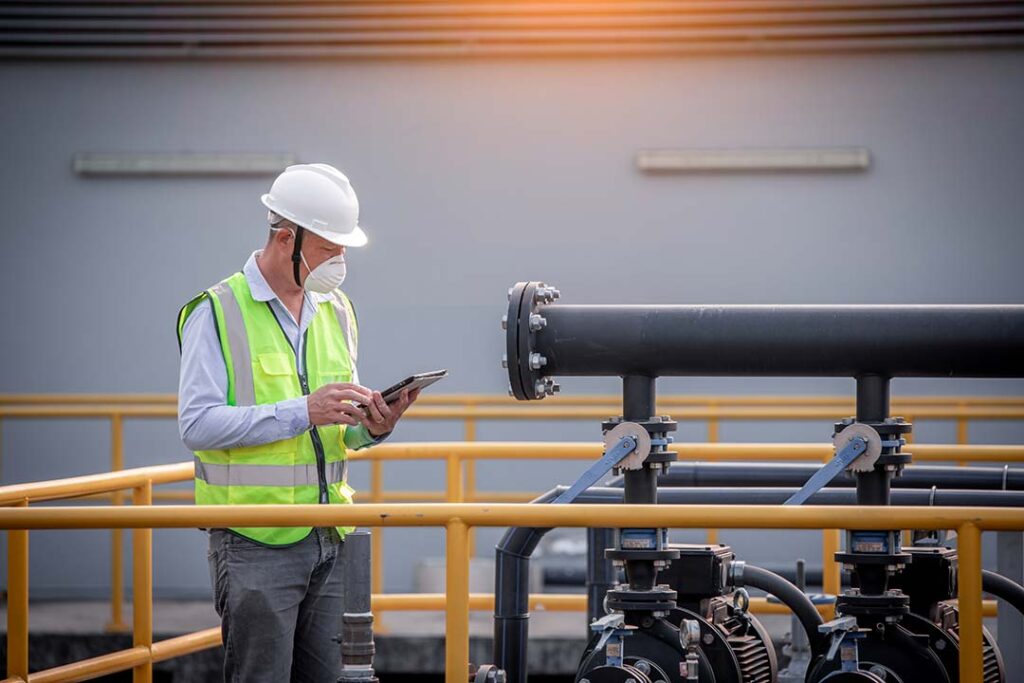
Sensors and algorithms
Digital technology’s contribution is indisputable for a better grasp of energy questions, for example, in building design and urban planning, the use of infrastructure, and urban practices. As it has flourished, the smart city has harnessed sensors for its running and algorithms for its use. On the one hand, connected objects (IoT), of which there were estimated to be 12.3 billion in 2021, are used for the optimized management of energy, fluids, and infrastructure. These performance levers provide a solution to increasing productivity demands; so much so that they will represent almost 1,077 billion dollars in expenses in this sector by 2024. On the other hand, the strong growth in digital technologies (7% on average over the past decade) has been underpinned by the algorithmic power of information and communication technologies (ICT).
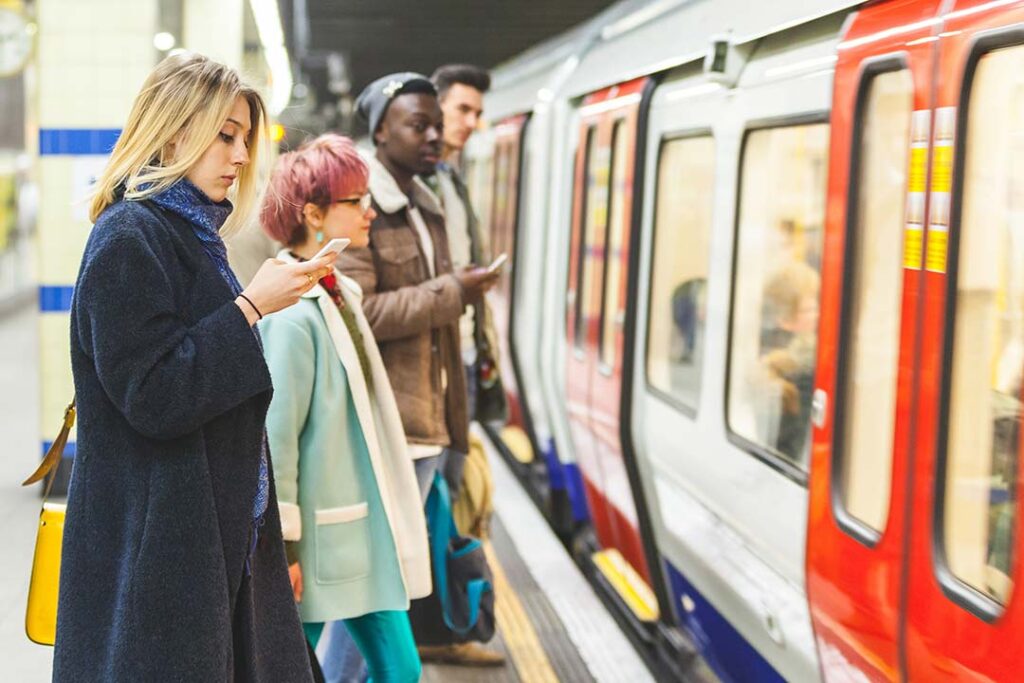
They have enabled more efficient use and an adaptability of the city that has now become standard in transport and services, with notable repercussions on energy control. The development of artificial intelligence (AI), edge computing (local data processing on the user’s computer or peripheral device without using the cloud), 5G, and wearables (connected objects that you wear on your person) reinforces the idea that the smart city is here to stay. Its market in 2020 was estimated at 1.4 trillion dollars.
From Santiago to Paris
Its effects are already being felt. Santiago de Chile has a “green” subway 60% powered by wind and solar energy, with operational agility provided by smart grids. Barcelona is aiming for energy self-sufficiency by 2050 through the use of renewables — solar photovoltaic, biogas and geothermal energy. The Catalan capital is a European smart city leader through its management of office real estate, connected street furniture, 100% electric transport, predictive elevator maintenance, and water network management.
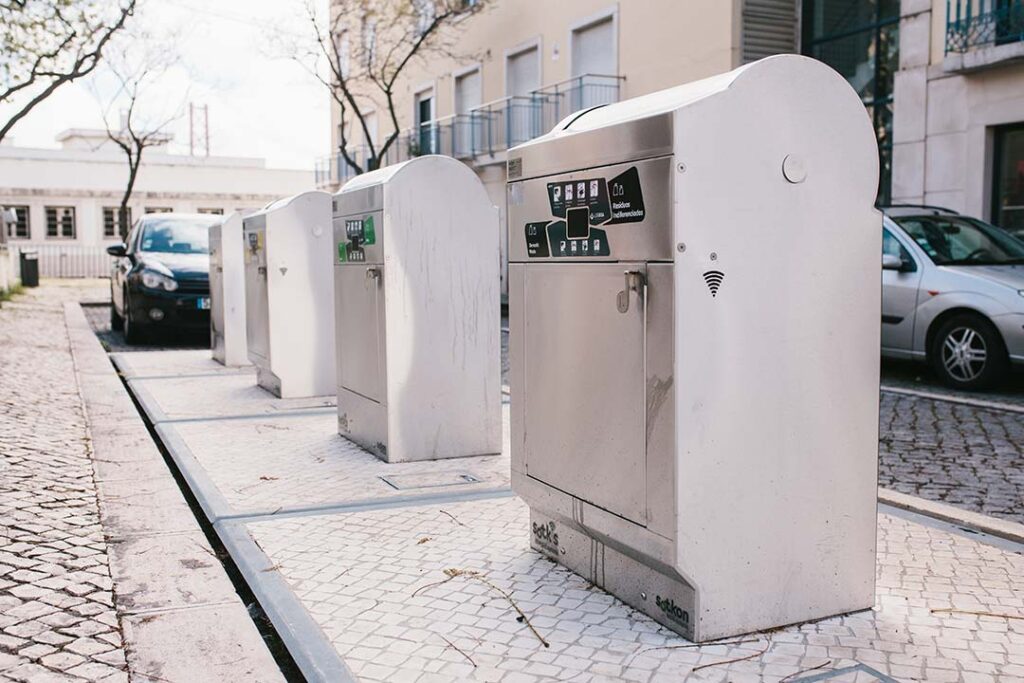
Europe thus features prominently in the top 10 smart cities worldwide. In France, Lyon is at the cutting edge with the implementation of the Hiraki program in its La Confluence district, the first positive energy block. In Paris, parks and gardens are maintained by way of sensors planted in each tree, while Linky (EDF) counters regulate the energy demand in real time. In addition, smart grids ensure optimal running of the sanitation and drinking water supply networks (search for leaks, etc.). Once again, there are a host of examples confirming the future of the man/machine duo in sustainable urban development.
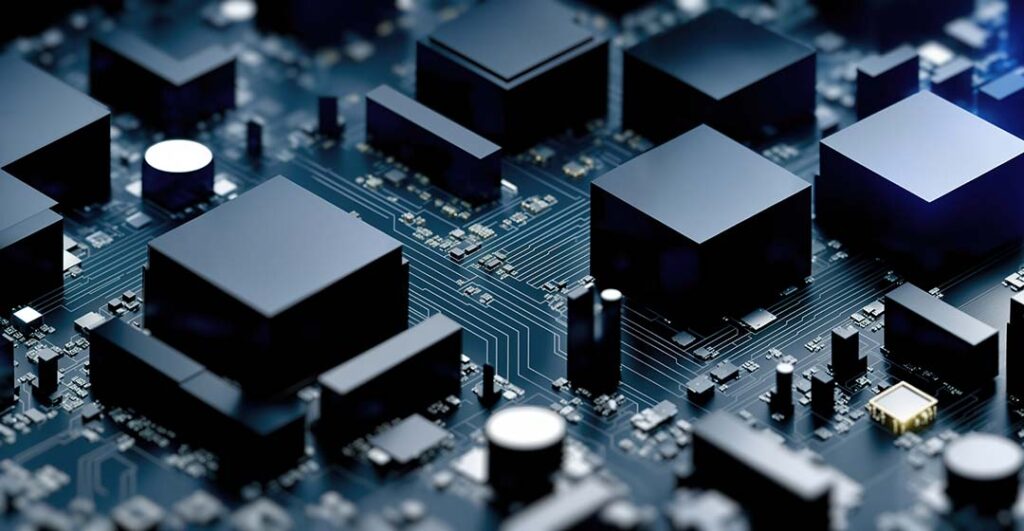
The limits of the system
All the same, its benefits are sometimes debatable. The smart city has its limits at the bounds of its physical and financial capacities and governance. Not all cities are the same and the hoped-for ubiquity of digital technologies crumbles when faced with urban realities and the constraints of the energy transition. Firstly, because digital technologies are themselves energy-intensive. They are said to consume between 10 and 15% (according to studies) of global electricity production and their carbon footprint is higher than civil aviation, i.e., 4 to 5 % (still according to studies) compared to 2% for the air sector. Apple admits that manufacturing a smartphone represents 75% of the greenhouse gas emissions in its life cycle. What happens on the scale of a cell phone can be understood with regard to supercomputers and data centers. Electronic data processing, when possible, is also energy-intensive. Then, all computer equipment and equipment for processing, storing and remotely communicating by electronic means, in addition to their limited lifespan, are not exempt from failure or fragility, particularly in the event of climate change. Cities are so dependent on these systems that one might fear for their reliability in the event of heat spikes or flooding. For this reason, the trend is to redirect smart cities toward a combination of digital technologies and biodiversity development in cities.

Toward equal access?
The demographic question and consequently unequal access to the lavish riches of ICT, particularly between the cities of the Global North and South, counterbalance smart cities’ virtuous aspect in the energy realm. “Smart cities that make broad use of digital technologies have been touted as possible solutions for the population pressures faced by many cities in developing countries and may help meet the rising demand for services and infrastructure. Nevertheless, the high financial cost involved in infrastructure maintenance, the substantial size of the informal economies, and various governance challenges are curtailing government idealism regarding smart cities.” While it is easy to envisage the deployment of this technology in the everyday life of the inhabitants of rich, well-organized cities, this concept seems almost naïve when so many people still do not have access to decent living conditions. In European countries, which are experiencing very slow growth or even degrowth, living standards allow energy reduction to be made more palatable, while it is indigestible in Africa or South-East Asia. While the smart city has not yet solved the problem of more than one billion humans living in marginal and informal housing, victims of galloping urbanization, it has nonetheless established itself as a key tool in urban sustainable development.
Photo credits: © Joonyoung Kim/iStock, © FutureFocus/stock.adobe.com, © Viktor Solomin/Stocksy/stock.adobe.com, © william87/stock.adobe.com, © APChanel/shutterstock, © uardia Inc/stock.adobe.com, © Pavegen, © franz12/shutterstock







